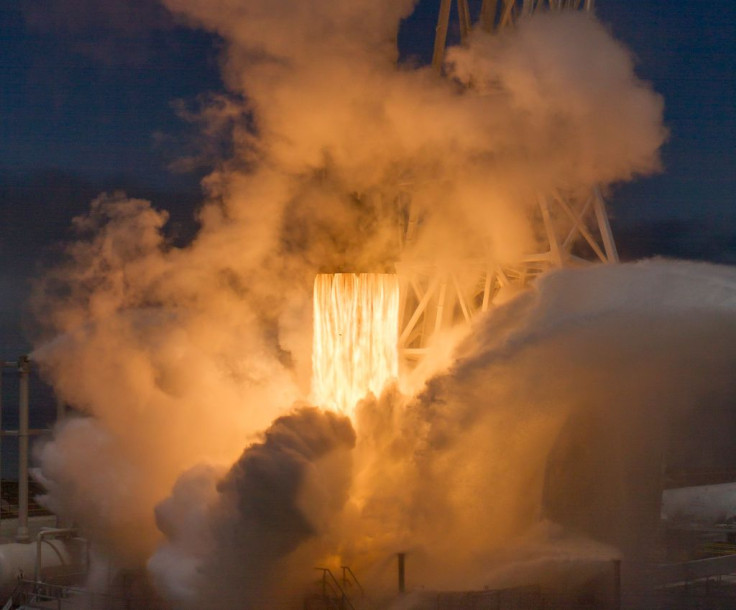New ‘Autophage’ Engine Would Eat Its Rocket's Body For Fuel

An international team of researchers has developed and tested a "self-eating" engine which would consume the structure of its rocket to launch small satellites, aka CubeSats, at a lesser cost and won’t add to the pressing problem of space debris.
Today, most of the space launches, whether small or big satellites, depend directly on the power of the rocket. This power comes from the propellant, or fuel, which is loaded in large amounts into the tank of the launch vehicle. It takes the vehicle to orbital speeds and delivers the payload, but, on most occasions, the weight of the propellant is much higher than that of the crucial payload itself.
The method works well, but reduces the efficiency of the vehicle and contributes to the problem of space debris. “Launch vehicles tend to be large because you need a large amount of propellant to reach space,” Patrick Harkness, the lead researcher behind the latest work, said in a statement. "If you try to scale down, the volume of propellant falls more quickly than the mass of the structure, so there is a limit to how small you can go.”
On the contrary, the new autophage rocket engine, designed by engineers from Glasgow University, Scotland, and Oles Honchar Dnipro National University, Ukraine, offers an excellent way to scale things down a bit and free-up more space for cargo. According to a release from Glasgow University, the engine will consume a propellant rod with solid fuel on the outside and powdered oxidizer on the inside. This rod would function as the body of the vehicle and would be driven into the engine heated at extremely high temperatures.
As a result, both the fuel and the oxidizer would be vaporized into gases which would move into the rocket’s combustion chamber and provide thrust to the rocket as well as the necessary heat to turn the next section of the propellant into vapor.
“The propellant rod itself would make up the body of the rocket, and as the vehicle climbed the engine would work its way up, consuming the body from base to tip,” Harkness added. "That would mean that the rocket structure would actually be consumed as fuel, so we wouldn't face the same problems of excessive structural mass. We could size the launch vehicles to match our small satellites, and offer more rapid and more targeted access to space.”
Harkness and colleagues also demonstrated that the engine can be throttled by varying the speed at which the rod is driven into it. They throttled the new engine up and down in lab tests and sustained rocket operations for 60 seconds at a time. "While we're still at an early stage of development, we have an effective engine testbed in the laboratory in Dnipro, and we are working with our colleagues there to improve it still further,” the researcher added. “The next step is to secure further funding to investigate how the engine could be incorporated into a launch vehicle.”
The study, titled “Autophage Engines: Toward a Throttleable Solid Motor,” was published in the Journal of Spacecraft and Rockets.
© Copyright IBTimes 2024. All rights reserved.





















